|
Proofreading doesn't mean the same thing to everyone. Editorial terminology can get proofreaders and their clients in a tangle! Avoid making assumptions, and focus instead on what the client wants and needs.
I trained as a proofreader in 2005. For more than a decade beforehand I’d worked in a professional publishing environment, specifically in the marketing department of two mainstream academic publishing houses with an international presence. I knew exactly what proofreading was, and what it wasn’t — or I thought I did!
Only a few months into professional practice, my understanding of the skill set I’d chosen to specialize in was challenged. To this day, it is still being repeatedly challenged. Publishers’ expectations of what a proofread entails match my training and in-house experience, but students, schools, charities, businesses, and beginner-novelists often have very different ideas. The term proofreading, far from being straightforward, now appears rather more complicated. Indeed, how one defines proofreading isn’t determined by what one actually does, but rather by whom one talks to.
Industry definitions — what a proofreader does
National editorial societies tend towards offering definitions of proofreading that accord with publishers’ expectations. This is not surprising given that publishers provide thousands of professional proofreaders with regular work. If you want to be fit to proofread for this client type, you need to understand what this client type’s expectations are. You no doubt want the professional body that represent you to provide guidance that reflects industry-recognized best practice. Below I've quoted excerpts from several national editorial societies’ online definitions of professional proofreading.
Editors’ Association of Canada (Canada): 'Definitions of Editorial Skills'
'Examining material after layout or in its final format to correct errors in textual and visual elements. The material may be read in isolation or against a previous version. It includes checking for:
Society for Editors and Proofreaders (UK): 'What is proofreading?'
'After material has been copyedited, the publisher sends it to a designer or typesetter. Their work is then displayed or printed, and that is the proof – proof that it is ready for publication. Proofreading is the quality check and tidy-up. However, some clients expect more than that.Many proofreaders find they spot more errors on paper than on screen, but proofs may be read and marked in either medium. Proofreading is now often 'blind' – the proof is read on its own merits, without seeing the edited version. A proofreader looks for consistency in usage and presentation, and accuracy in text, images and layout, but cannot be responsible for the author's or copyeditor's work. The proofreader's terms of reference should be agreed before work starts.'
Association of Freelance Editors, Proofreaders & Indexers (Ireland): 'What do proofreaders, editors and indexers do?'
'The proofreader reads page proofs after edited copy comes back from the typesetter or desk-top designer. The proofreader’s job is to make sure that text, illustrations, captions, headings, etc., are properly placed and complete; to check that design specifications have been followed; to check running heads; to ensure that captions and legends match artwork; to ensure that pagination matches the Contents list; to check end-of-line breaks; to proofread preliminary pages and end matter (e.g., the index if there is one); to fix incontestable errors of spelling, punctuation and grammar that have slipped through the net during copy-editing; and to query inconsistencies.'
Institute of Professional Editors (IPEd) (Australia): 'Levels of editing'
'Proofreading (usually called this but sometimes known as verification editing) involves checking that the document is ready to be published. It includes making sure that all elements of the document are included and in the proper order, all amendments have been inserted, the house or other set style has been followed, and all spelling or punctuation errors have been deleted.' These excerpts reflect very well the tasks required by the publishers and project-management agencies that procure professional proofreading services. The emphasis is on the expectation that the proofreader will not be amending raw text, but will be annotating proof pages, post design, either in print or in digital format, usually using industry-recognized markup language. When it comes to working for publishers, the notion of 'proofreading' is not tangled. Things start to get a little messy, however, when we branch out into the wider world. Non-publishing clients – what a proofreader might do Some national editorial societies recognize that definitions of proofreading start to tangle when the proofreader’s client base extends beyond the publishing industry. See for example, the SfEP's 'What is proof-editing?' for a brief but useful introduction to how a proofreader may be asked to work with raw text and intervene in a way that the publishing industry would define as light copy-editing (or another skill set). Below are some excerpts of requests from non-publishing clients that I’ve received. I’ve tweaked these so that the original request is masked. The point is to give you a flavour of how some non-publishing clients interpret the term.
Proofreading a novel
'I have a 95,000-word novel that needs proofreading. I've been through it several times myself but it needs professional eyes on it before I publish. A beta reader told me there are some viewpoint problems, that my pacing is off and that the characters need developing. Hoping you can help.' Proofreading letters 'Please provide me with a quotation to proofread a 150,000-word book in MS Word. The text is not always grammatical because of the way the letters were written, and I would like such instances to be left as is. I am looking for nonsensical errors etc. and general comments on layout and structure and sequencing.' Proofreading a novella 'Would you be kind enough to advise me of the cost of proofreading my science-fiction novella (32,000 words)? I can provide the file in Word format. English is my second language. I need attention to spelling and grammar, and altering any words that don’t sound quite right to an English speaker’s ear. I’d also like it formatted so that I can upload it to Amazon.' Proofreading a Master’s dissertation 'I urgently need the first draft of my dissertation to be proofread. I need it styled in British English and would like it cut down if possible.' Proofreading a website 'A new section of our site needs proofreading, approximately 15–20 pages totalling 5,000 words. We would provide you with access to the site and then you can simply go through each page and edit it directly.' All of the above clients want the 'proofreader' to edit the raw text directly. However, they also require a range of other tasks that, traditionally, fall well outside the proofreader’s remit — structural decisions, rewriting, text reduction, and layout and text styling. And, in the final case, the proofreader would be required to directly amend the text within a content management system. There's nothing wrong at all with an editor carrying out these tasks as long as the they feel competent to do so, and as long as the client and the editor have a mutual understanding of what can/can’t or will/won’t be done as part of the project. The point is, rather, that these tasks would be far less likely to be requested in a proofreading brief from a publisher. This is the tangled world of proofreading.
'But that’s not proofreading'
Yes, the extra-proofreading requirements identified above – amending raw text, taking structural decisions, rewriting, reducing the amount of content, layout and text styling tasks, and working directly in content management systems – are certainly not how many professional proofreaders would define proofreading. However, as business owners, we’re required to communicate with our clients in a way that makes them believe we can solve their problems. If I want to take on a proofreading commission that also involves styling the text in the Word file of an indie author’s book so that it’s ready for upload to Amazon’s Kindle Direct Publishing program, and I have the skill to do this, I’m not going to engage the client in a discussion over semantics. If I want the job, and I can do the job, I’ll quote for the job. If the client wants to call it proofreading, we’ll call it proofreading. In the non-publishing world, definitions of proofreading are tangled, but I know this. What’s important is not that I quibble over the definition, but that I unpick the client’s request so that we are both clear about what is required.
Marketing your proofreading business in a way that clients understand
There’s a reason I don’t offer 'proof-editing' services, even though that’s exactly what some independent authors want. It’s because they won’t find me. The analytics data for my website, tells me that people are landing on my website after typing in the word proofreader, not proof-editor or proof-editing. Definitions of proofreading might appear tangled to those of us within the editorial and publishing industries, but to many non-publishing types things are rather less messy!
Sometimes we can help. Sometimes we can’t. How far any editor is prepared to step outside of traditional publishing-industry definitions of proofreading will depend on preferences, skills, experience, and level of confidence. Nor does that mean an editor has to stop calling themselves a proofreader or saying they offer proofreading services, especially if calling themselves a proofreader is what makes them discoverable to their clients. Providing clear service definitions Here's one way to ensure there's a shared understanding of the term proofreading: clarify your service offerings. Think about which pages your potential clients use to discover more about what you do and how to get in touch with you. Those are where you can help them navigate your website and access the information that explains how you define proofreading. Here's how I do it. There are 6 alerts about the levels of editing I offer (of which proofreading is one) and how I define them.
If you receive requests for proofreading but the samples often indicate that a different level of editing is required, think about how you might add clarity so that clients better understand what you offer – and what they need – before they get in touch.
Summing up If you want to be a proofreader, don’t assume there’s only one set of client expectations about what you will or won’t do, or what proofreading is or isn’t. In an international marketplace made up of numerous different clients with widely varying problems, you’ll always be required to spot spelling errors and incorrect punctuation. But there’s a raft of other tasks that you could be asked to undertake, too. Whether you accept the challenge will depend on what you are prepared and able to do, not what you call yourself. Whatever you call what you're offering, take care to charge accordingly. If that 'proofread' is more akin to a line- or copyedit, it needs to be priced in a way that reflects the additional work being carried out.
Louise Harnby is a line editor, copyeditor and proofreader who specializes in working with independent authors of commercial fiction, particularly crime, thriller and mystery writers.
She is an Advanced Professional Member of the Society for Editors and Proofreaders (SfEP), a member of ACES, a Partner Member of The Alliance of Independent Authors (ALLi), and co-hosts The Editing Podcast. Visit her business website at Louise Harnby | Fiction Editor & Proofreader, say hello on Twitter at @LouiseHarnby, or connect via Facebook and LinkedIn.
2 Comments
Louise Harnby
9/2/2016 08:58:37 am
This is especially galling when you are being paid proofreading rates. I've encountered this problem with some publisher clients in the past!
Reply
Your comment will be posted after it is approved.
Leave a Reply. |
BLOG ALERTSIf you'd like me to email you when a new blog post is available, sign up for blog alerts!
TESTIMONIALSDare Rogers'Louise uses her expertise to hone a story until it's razor sharp, while still allowing the author’s voice to remain dominant.'Jeff Carson'I wholeheartedly recommend her services ... Just don’t hire her when I need her.'J B Turner'Sincere thanks for a beautiful and elegant piece of work. First class.'Ayshe Gemedzhy'What makes her stand out and shine is her ability to immerse herself in your story.'Salt Publishing'A million thanks – your mark-up is perfect, as always.'CATEGORIES
All
ARCHIVES
July 2024
|
|
|
|


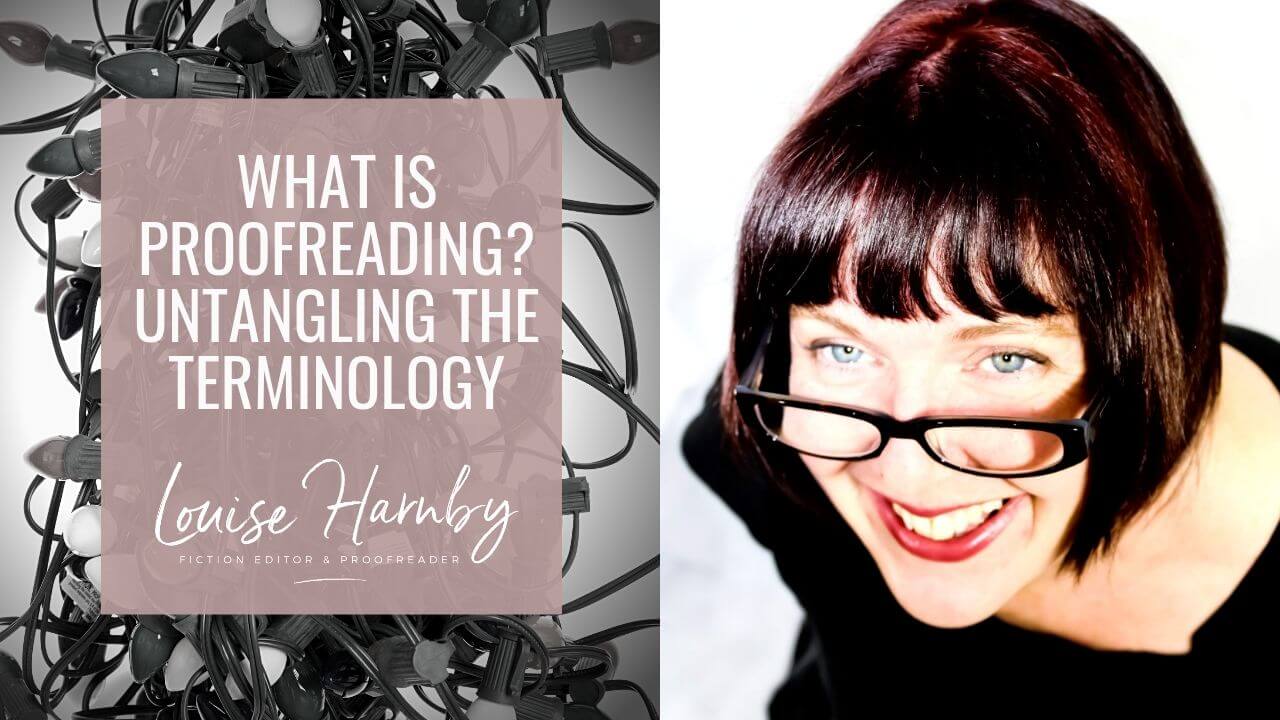
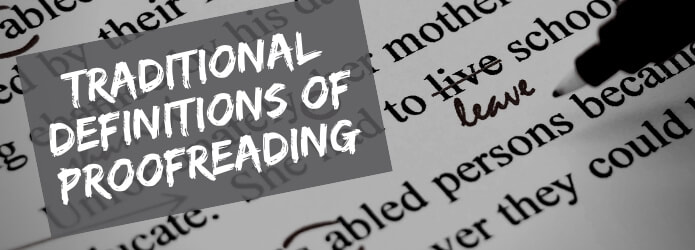
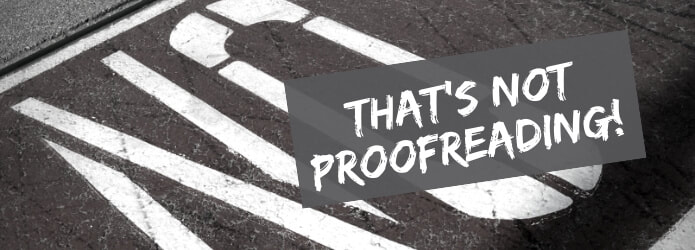
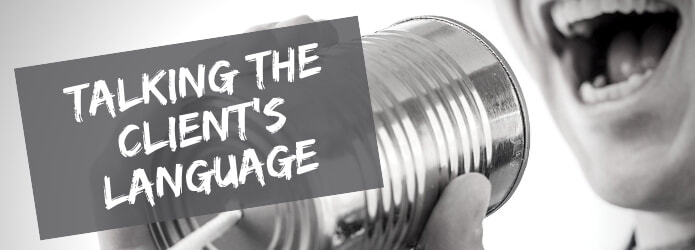
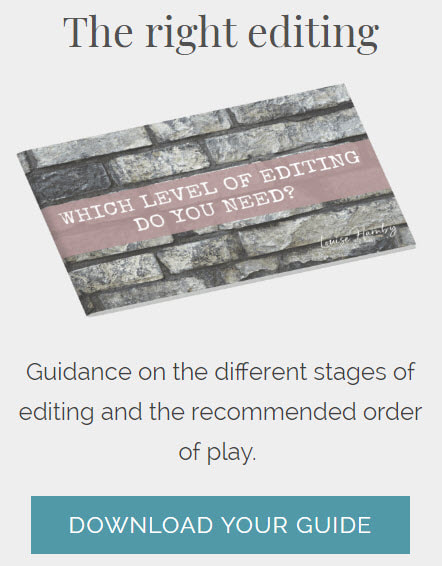
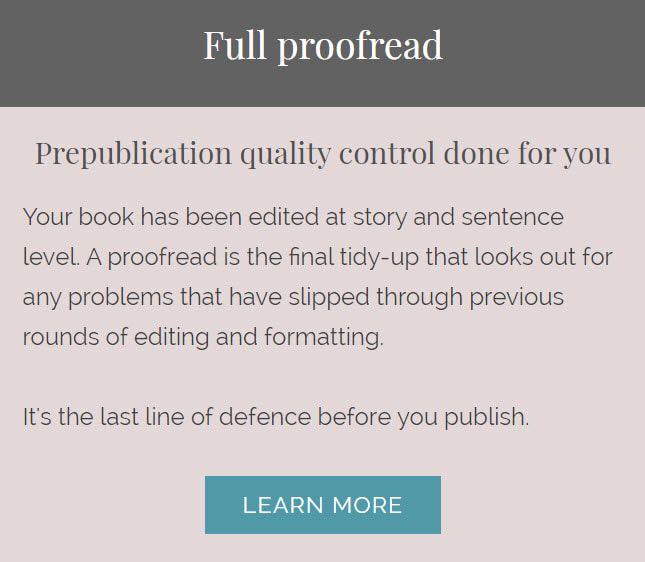
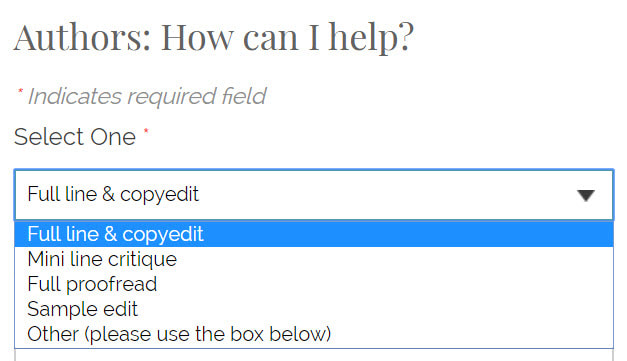
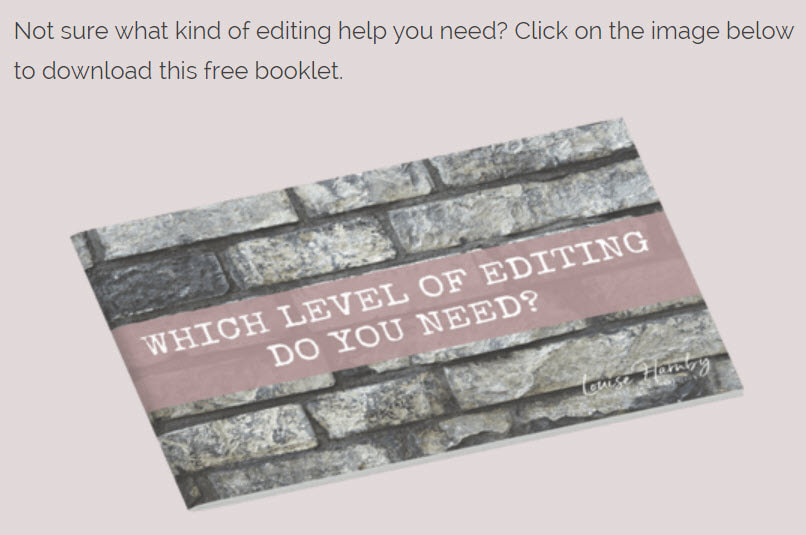
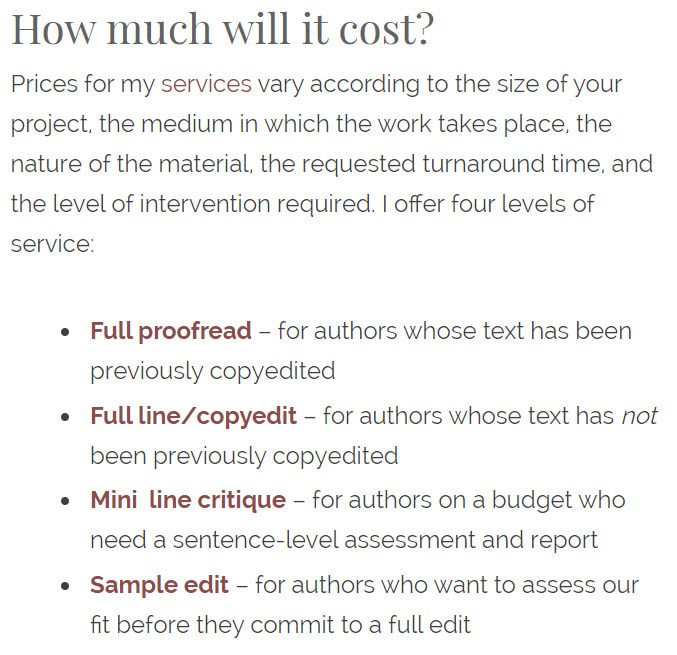
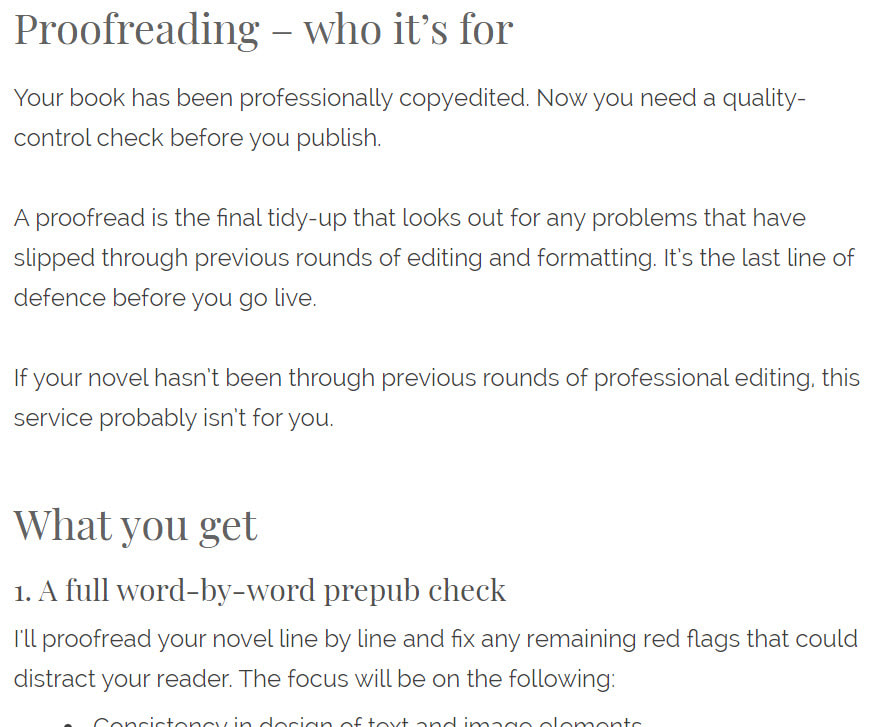
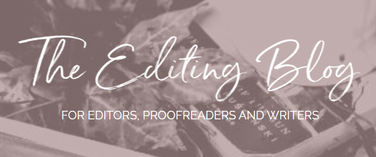

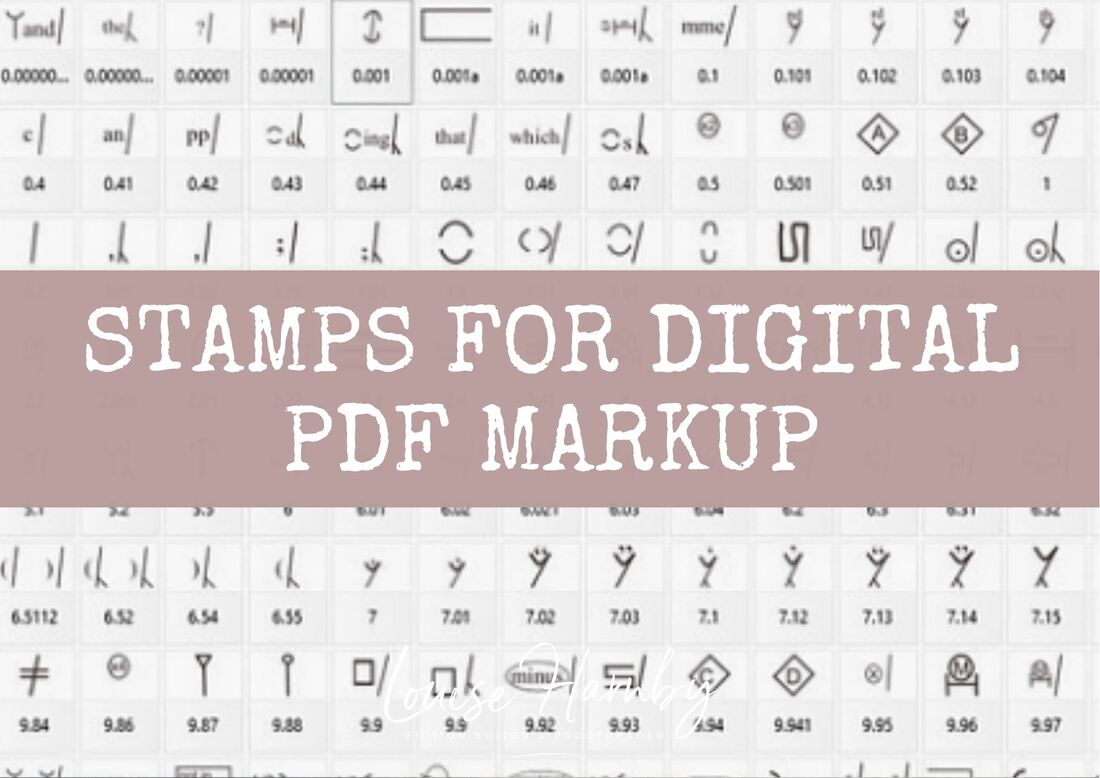
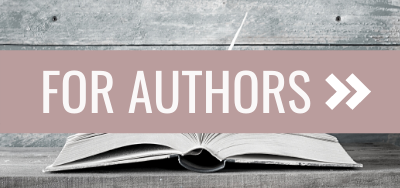
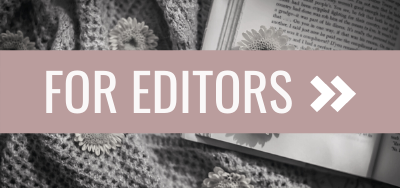
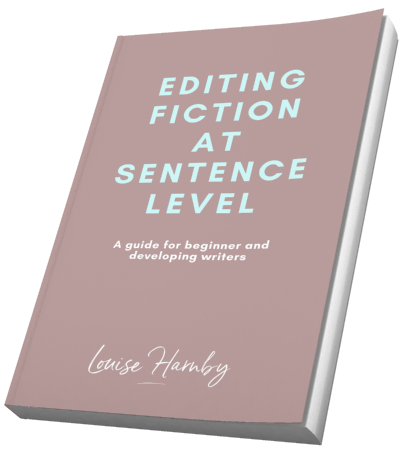
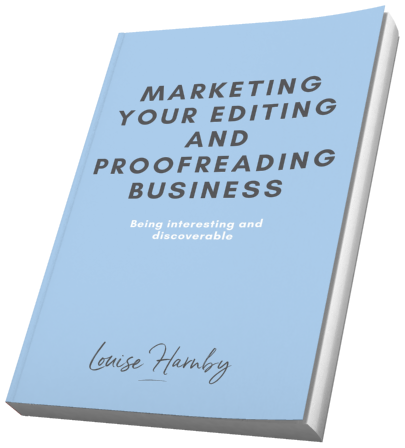
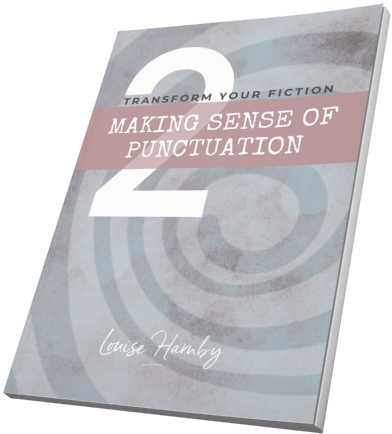
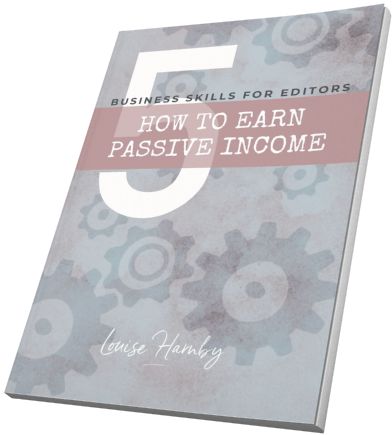
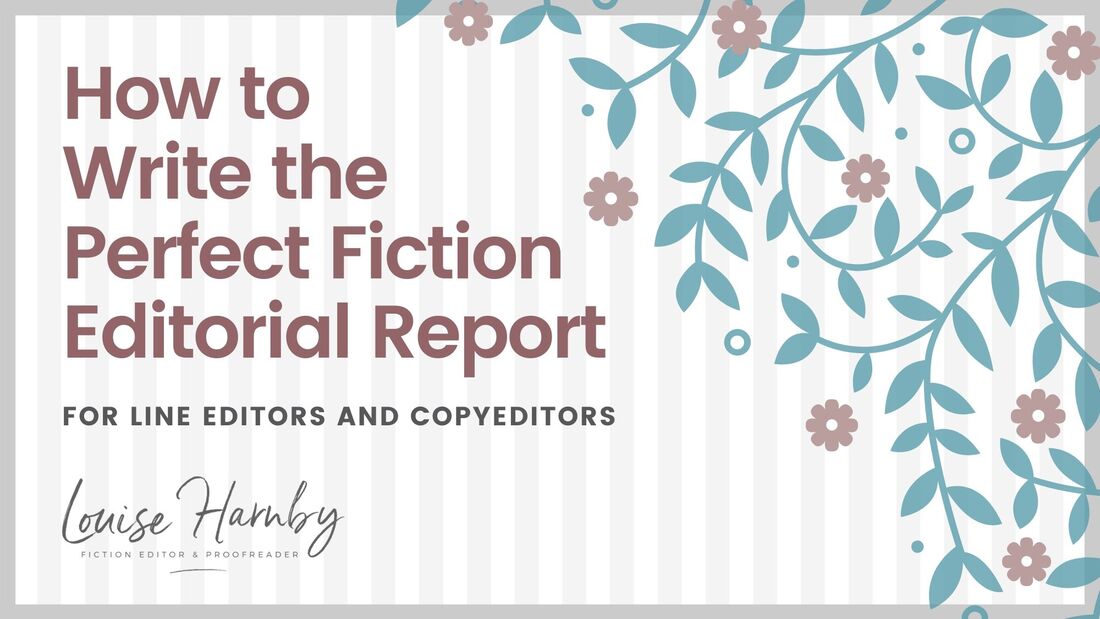
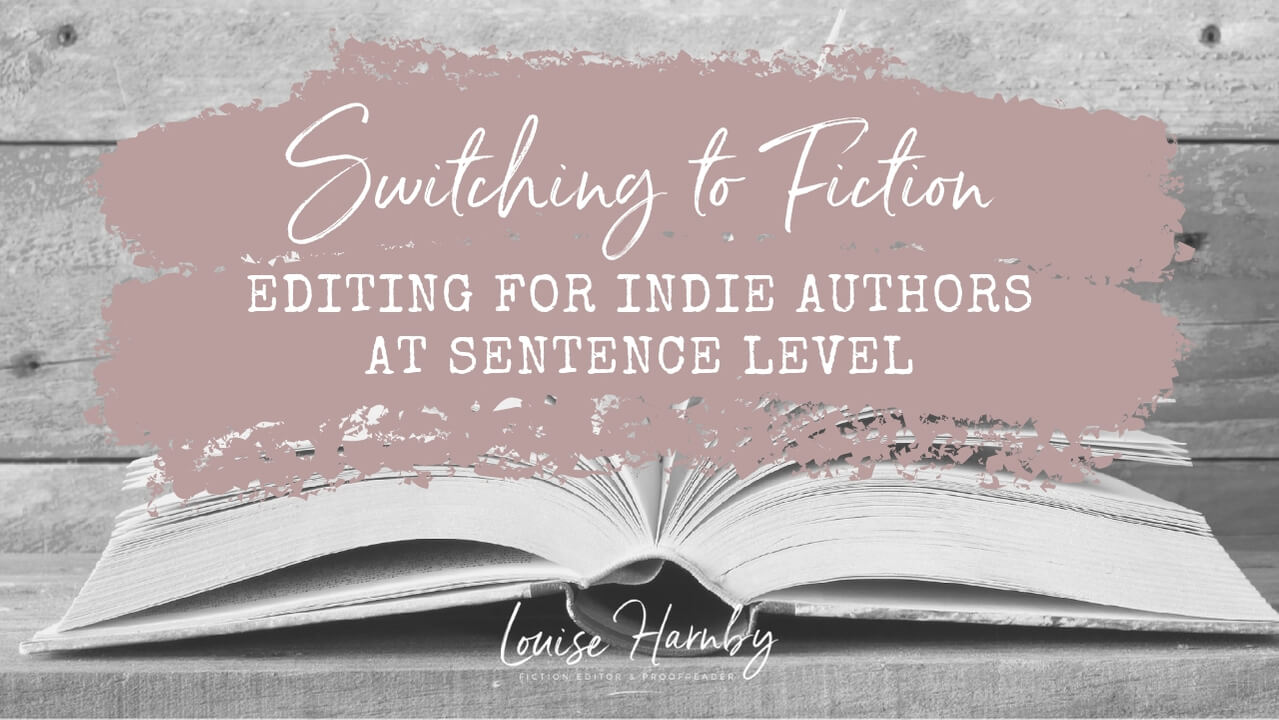
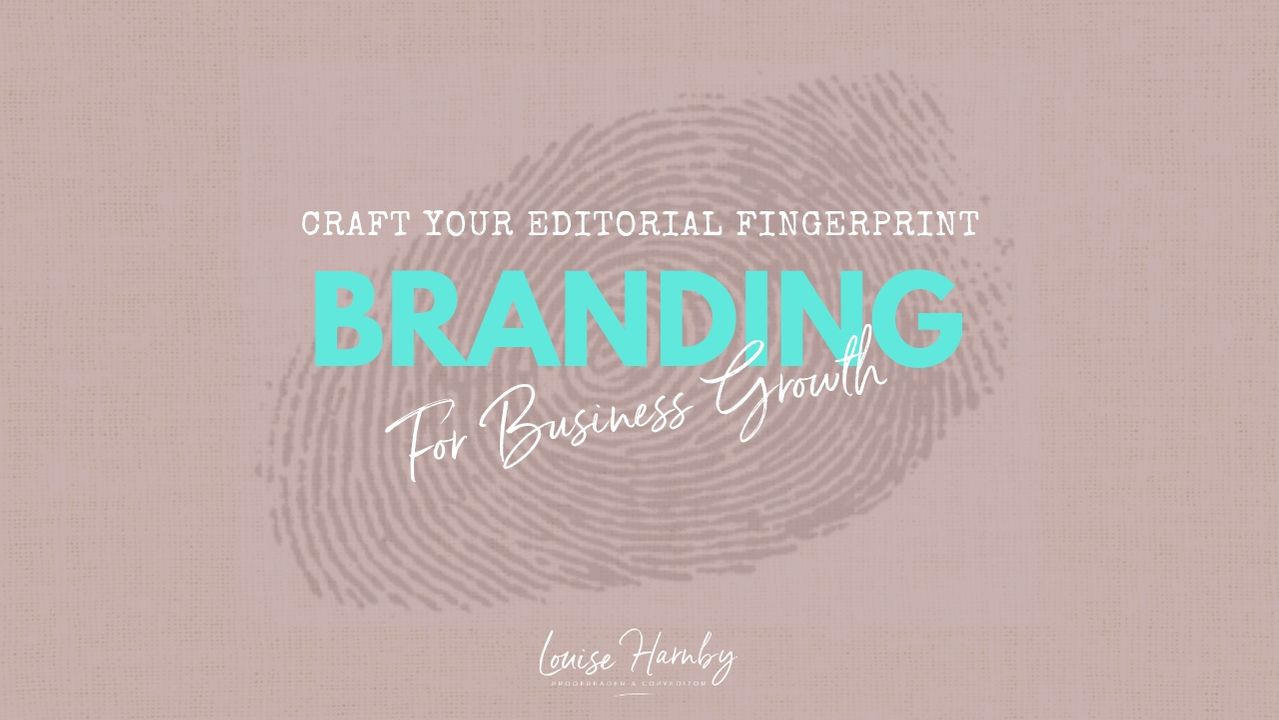
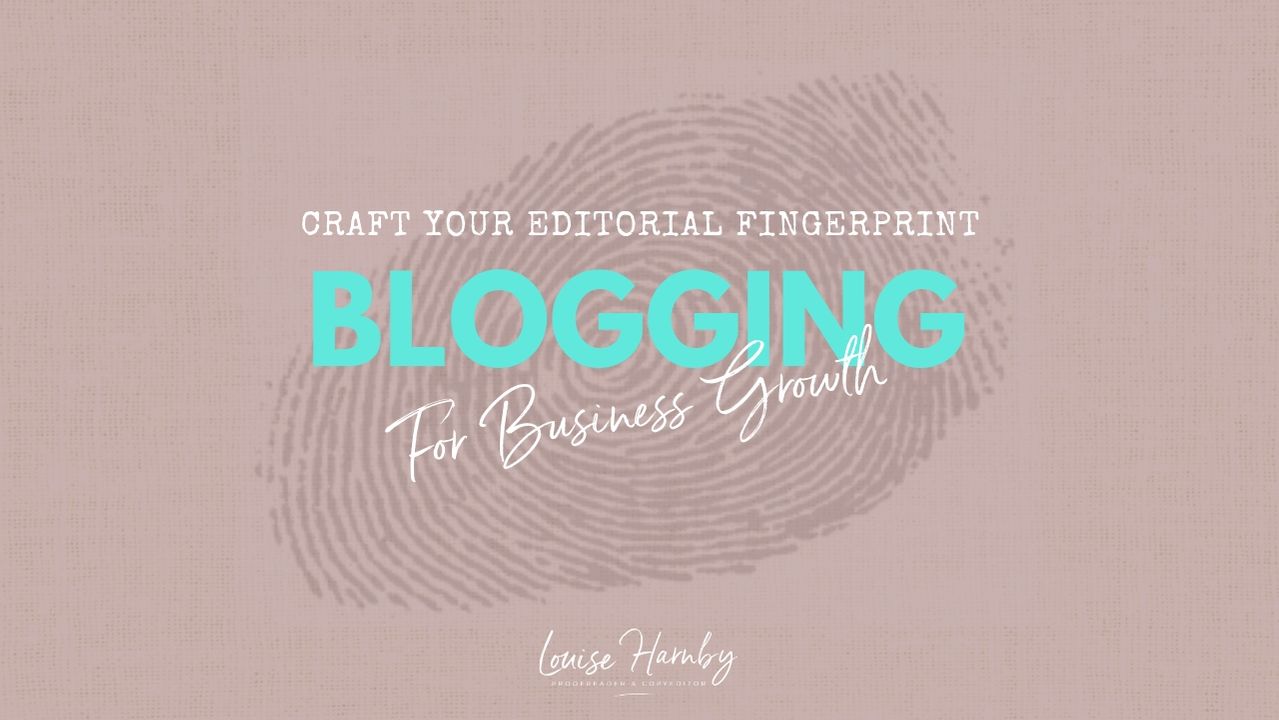
 RSS Feed
RSS Feed





